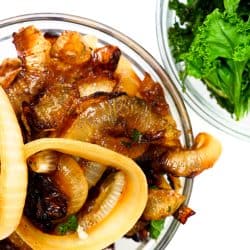Have you ever thrown your onion and garlic together in a sauté pan, only to have the garlic char into dark and acrid pieces before the onion is even cooked? Yuck! What happened, and can you cook these two species of Allium together? We’re here to explain, with a plethora of information about cooking onions and garlic together.
Garlic contains less moisture and is usually cut into much smaller pieces than onion. These two differences can cause garlic to brown and burn more quickly when the two are cooked together. To saute onion and garlic at the same time, either finely mince them both or add the garlic later.
If you are wondering how to cook onions and garlic together without burning them - and adding an unwanted acrid flavor to your finished dish, it’s a simple process. We’ll explain how to end up with exactly what you want. Read on to find the exact method of how to cook them together, and get ready to experience the lovely fragrance of perfectly cooked garlic and onions!
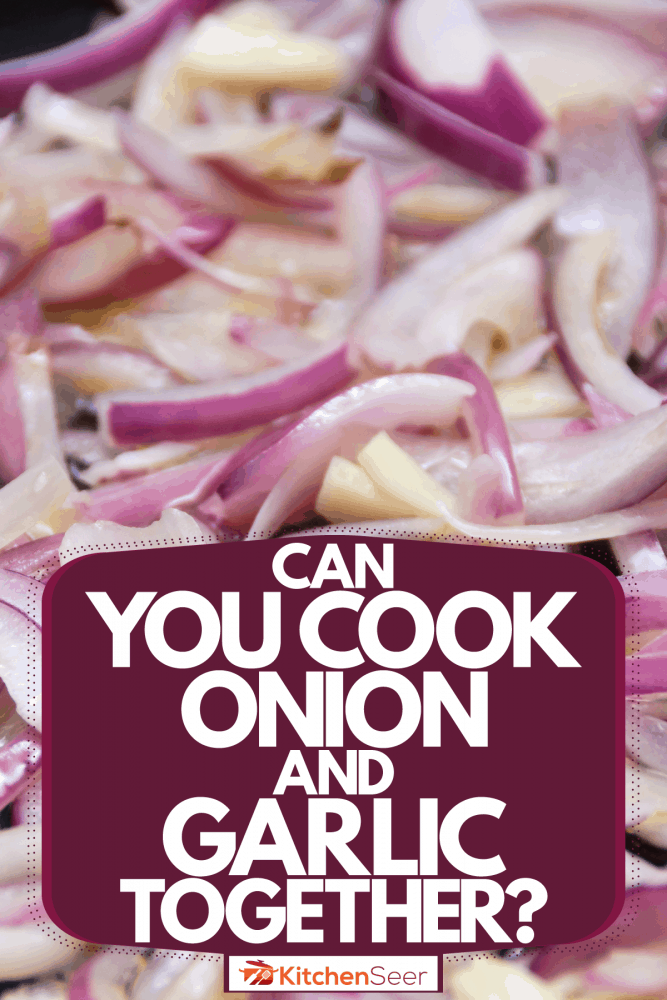
How do you sauté onions and garlic?
The best way to sauté onions and garlic is to add the onions first, in only a teaspoon or less of oil. Once they have begun to turn translucent, create a small opening in the onions and place the garlic in that space. Let your nose be your guide once you smell the fragrant aroma of garlic, and stir them up with the onions. Then, add the rest of your ingredients.
Alternatively, if you absolutely need to add your onions and garlic to the heat at the same time, you can mince them both to the same size and mix them together before adding them to your sauté pan. The onion will create a physical heat barrier around the garlic and help prevent them from browning too fast. Here you can see that the pieces of garlic are much darker than the onion.
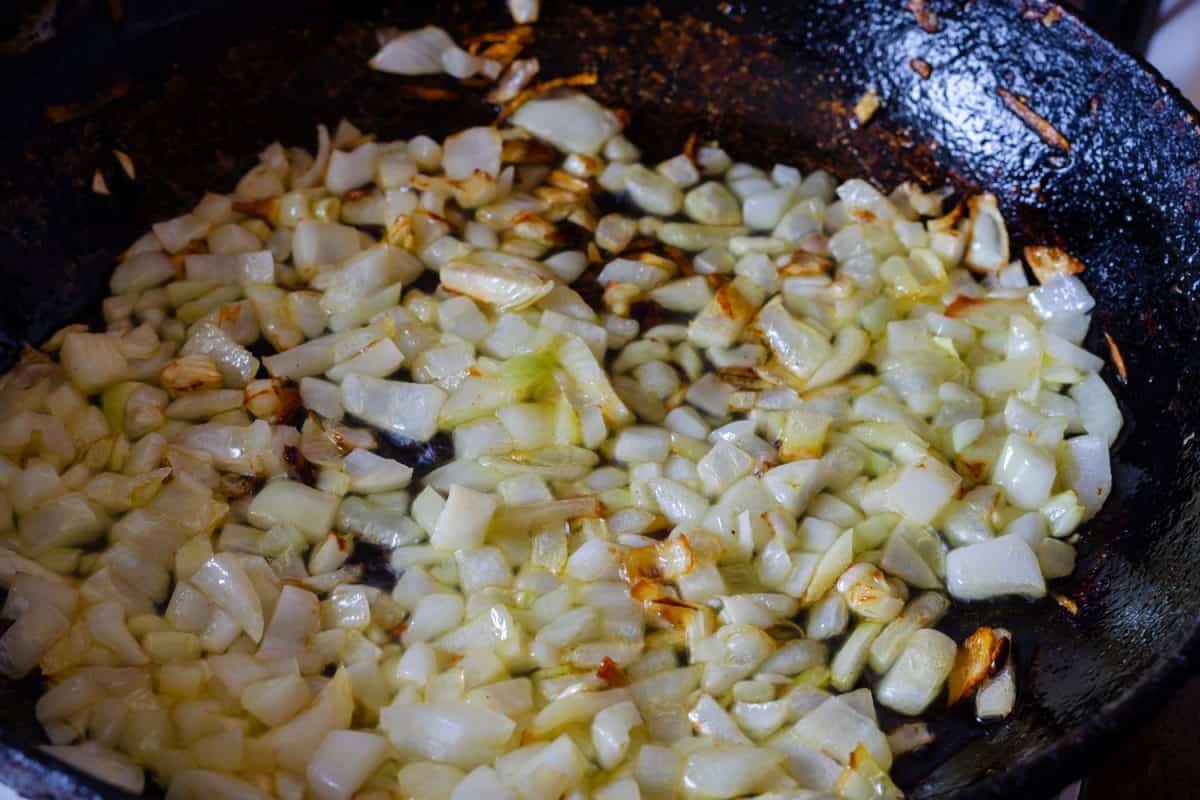
A Note On Saute Pans
Try using a plain, stainless-steel pan for your sauté. They are not made from harmful chemicals like some non-stick pans on the market, they also won’t absorb or release flavors that can happen with non-stick coating. Simply season them well for a non-stick experience. Heat the pan, add oil, then wipe the oil out. Repeat this process three or four times and your pan will be ready for non-stick action!
Take a look at this Stainless Steel Pan on Amazon.
Is it better to sauté in butter or oil?
A sauté is generally done at a temperature of 330°F. Since butter burns at 266°F, it’s not a great idea to use butter for sautéing. Below are the maximum temperatures - the smoke points - for oils commonly used in cooking and sautéing. Choose one that will work best for the flavor of your finished dish.
- Butter - 265°F
- Extra Virgin Olive Oil - 320°F
- Coconut Oil - 350°F
- Grapeseed oil - 390°F
- Beef fat - 400°F
- Peanut Oil - 425°F
- Corn and Sunflower Seed Oil - 440°F
- Avocado Oil - 500°F
If you love butter, try using Ghee to sauté
If you want that lovely, buttery flavor in your dish, consider adding some melted butter at the end. Another option is to sauté using ghee or clarified butter; it can be heated to 485°F! Ghee or clarified butter is simply butter with the milk solids removed. You’ll end up with that silky butter flavor.
Important to Note - Combining Oil & Butter
Adding oil to butter does not allow you to cook butter at a higher temperature; the butter will still burn at 265°F.
What takes longer to cook: onion or garlic?
Garlic will cook faster than onion for two reasons:
- The garlic is usually cut into much smaller pieces than onion. Smaller pieces equal shorter cooking time.
- Onions contain 89% water, and garlic only 59%. Less water will take less time to evaporate.
The Maillard Reaction on your garlic and onions
Once the water has evaporated from the onion and garlic, a Maillard Reaction chemical process occurs. This reaction happens when heat causes the sugars and amino acids in food to carmelize and become deliciously brown - or not so deliciously burned.
What does onion and garlic do for the body?
Garlic and onion are crucial to help the body eliminate toxic chemicals and un-needed hormones. The process is called hepatic bio-transformation, simply referring to your liver (or hepatis in Latin) transforming or neutralizing toxins and chemicals that enter your body every day. Your liver is where the transformation takes place, and onions and garlic play a key role!
Metabolism - Your body's defense against toxins
When a toxic substance enters your body, it must first be metabolized or made water-soluble so that it can be excreted. Otherwise, your body stores it in your bones and fat tissue. This second option is not what you want. Stored toxins can lead to huge health problems. The process of metabolization happens in two phases, simplified below.
Phase One
The toxin enters the liver, and the liver changes the structure a bit - usually by removing an electron. In this state, it’s now much more inflammatory and is usually known as a free radical.
Phase Two
The liver now attaches something to that free radical in place of the electron it removed. This metabolizes or neutralizes it and makes it water-soluble - able to be excreted by the body.
What do Onions and Garlic have to do with metabolization?
One of the things that the liver can attach to the free radical in phase two - and it differs depending on the type of free radical - is sulfur. This metabolic process is called sulfation. And guess what? Onions and garlic contain tons of sulfur! So onions and garlic can help remove toxins from the body!
In Closing
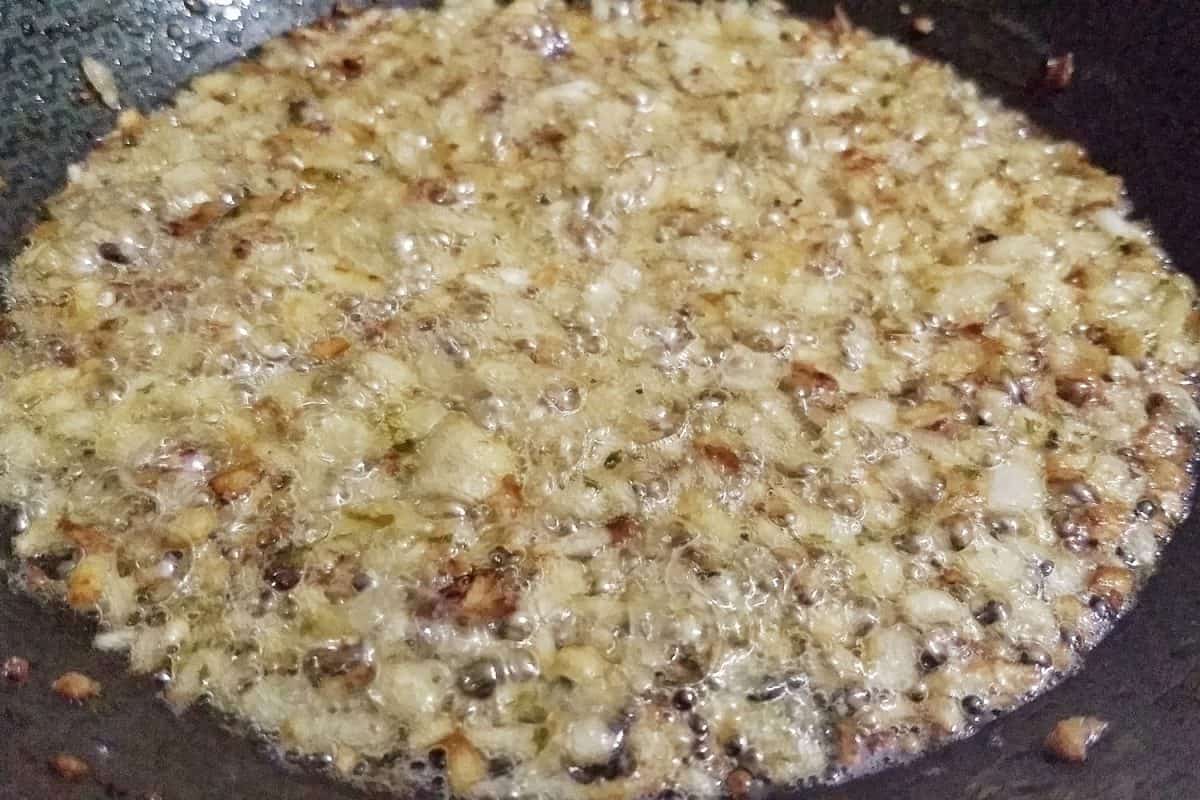
Now you have everything you need to know about sautéing onions and garlic, and how healthy they are as ingredients in food! Be sure to add the minced or chopped garlic after the onions have cooked and just before you add the other ingredients. Take care to use the right kind and flavor of oil for your finished dish - and don’t try to sauté in butter. Butter can’t withstand that temperature without burning. Instead, use ghee or clarified butter, or add melted butter to the finished dish. Eat plenty of garlic and onions to keep your body healthy and toxin-free. And don’t worry about your breath, just chew a sprig of parsley afterward.
For more information about sauté pans see the post "Should A Saute Pan Be Nonstick?"
For information on cutting onions, look at "What’s The Best Way To Chop Onions In A Food Processor?" and "What Knife Is Best For Cutting Onions?"


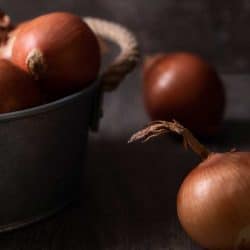
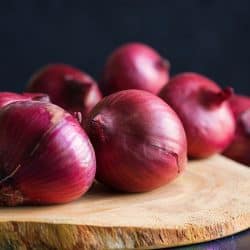
![A delicious baked onion soup with French bread on the table, 9 Lipton Onion Soup Mix Substitutes [Including Homemade]](https://kitchenseer.com/wp-content/uploads/2021/12/A-delicious-baked-onion-soup-with-french-bread-on-the-table-250x250.jpg)
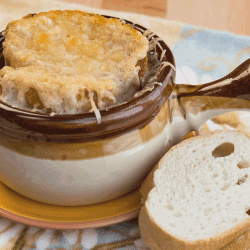
![Loose onions scattered from wicker basket and one onion cut in halves on suckcloth, What's The Best Way To Store Onions? [Best Storage Options Discussed]](https://kitchenseer.com/wp-content/uploads/2020/08/Loose-onions-scattered-from-wicker-basket-250x250.jpg)
